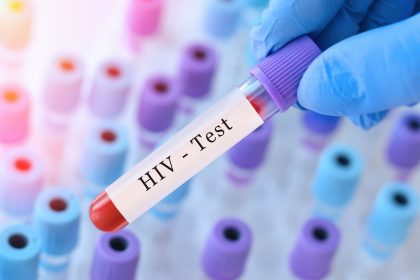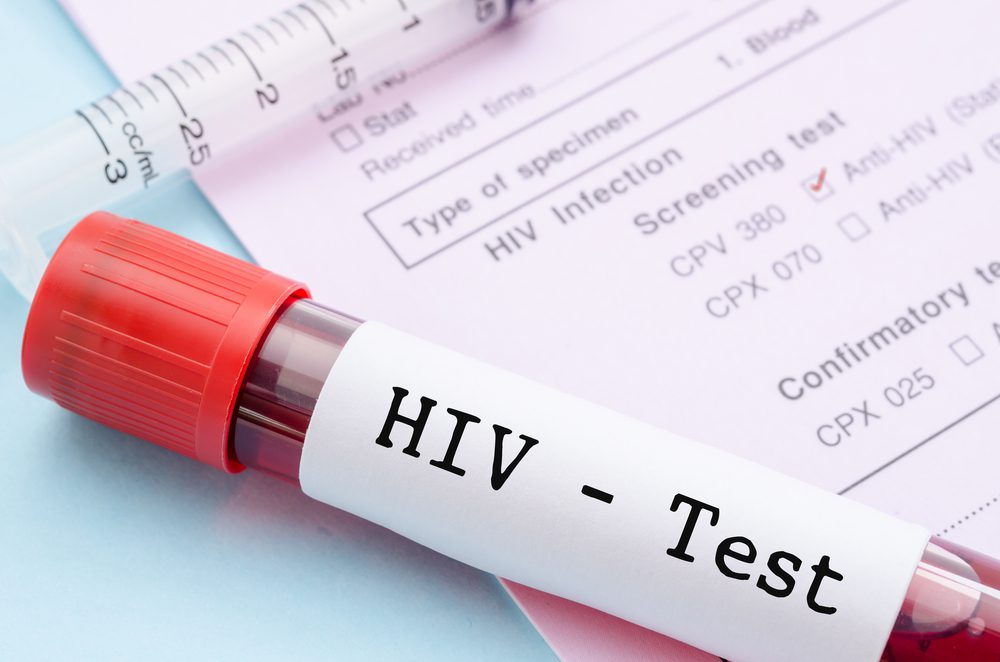When conversations about eating disorders arise, they typically center around teenagers and young adults. Yet a less discussed reality exists: women in midlife increasingly battle these complex conditions, often silently and without recognition. This growing phenomenon affects women during significant life transitions, particularly as they navigate the physical and emotional landscape of perimenopause and menopause.
The age misconception that puts women at risk
The persistent belief that eating disorders primarily affect young people creates dangerous blind spots in healthcare. Recent research reveals that midlife represents a particularly vulnerable period for women, with many developing first-time eating disorders after 40 or experiencing relapses of earlier conditions they thought were resolved decades ago.
Medical professionals often miss these signs in older women, incorrectly attributing weight changes or eating habits to other midlife health concerns. This oversight means many women suffer without proper diagnosis or treatment, their symptoms dismissed as typical midlife adjustments rather than recognized as serious mental health conditions requiring specialized care.
The statistics tell a compelling story. Treatment centers report steady increases in midlife women seeking help for anorexia, bulimia, binge eating disorder, and other disordered eating patterns. Many of these women express surprise at facing these challenges at their age, having believed they would have outgrown such struggles by midlife.
The perfect storm of hormonal upheaval
Perimenopause and menopause create biological conditions remarkably similar to another tumultuous life stage: adolescence. The hormonal fluctuations during these transitions dramatically affect neurotransmitter systems that regulate mood, appetite, and emotional regulation.
Estrogen decline particularly impacts serotonin levels, which play crucial roles in mood stability and appetite regulation. This biological shift creates vulnerability to disordered eating as women sometimes unconsciously attempt to manage these internal changes through controlling food intake.
The physical changes accompanying menopause—redistribution of body fat, changes in metabolism, and shifts in body composition—happen regardless of diet or exercise habits. For women whose self-image has been closely tied to physical appearance, these inevitable changes can trigger intense distress and compensatory behaviors around eating.
Sleep disruption, another common menopausal symptom, further complicates the picture. Poor sleep affects hunger hormones and impulse control, potentially leading to restriction or binging cycles as women attempt to regain a sense of control over their changing bodies.
Life transitions that trigger food battles
Beyond hormones, midlife brings profound identity shifts that can destabilize even women with previously healthy relationships with food and body image. Empty nest transitions, career peaks or plateaus, relationship changes, and caring for aging parents create emotional landscapes where eating disorders can take root.
Some women describe food restriction or exercise as attempts to maintain control during periods when other aspects of life feel increasingly unmanageable. Others report using food to cope with grief, loneliness, or anxiety about aging in a youth-obsessed culture.
Major life events common in midlife—divorce, death of parents, career changes, or health diagnoses—create intense emotional experiences that some women manage through disordered eating behaviors. The cumulative stress of managing multiple life transitions simultaneously creates particular vulnerability when combined with cultural pressures around aging.
For women who experienced eating disorders in youth, these midlife stressors can reactivate old coping patterns they thought were long resolved. The neural pathways established during earlier disorder episodes can reactivate during times of stress, bringing back familiar though destructive coping mechanisms.
Cultural pressures that intensify with age
While younger women certainly face intense beauty standards, midlife women encounter unique cultural messages about visibility, value, and aging. The pervasive “anti-aging” narrative suggests women should fight natural physical changes rather than accept them as normal and expected processes.
Social media platforms bombard midlife women with targeted content promoting extreme diets, cosmetic procedures, and exercise regimens explicitly marketed as ways to “turn back the clock” or “reclaim your younger body.” These messages particularly impact women already vulnerable to body image concerns.
Celebrity culture that celebrates unusually thin older women or praises celebrities for “looking unchanged” after decades reinforces unrealistic expectations. When ordinary women inevitably fail to meet these standards, feelings of failure and inadequacy can trigger compensatory behaviors around food and exercise.
The double-bind of aging while female creates impossible standards: women should look youthful but not try too obviously to look young. They should appear fit but not seem obsessive about fitness. They should eat healthfully but not be rigid about food choices. Navigating these contradictory expectations exhausts mental resources that might otherwise support resilience.
Warning signs that differ from younger women
Eating disorders in midlife often present differently than in adolescence or early adulthood. Rather than explicit focus on weight or size, older women more frequently describe their behaviors in terms of health, wellness, or specific food sensitivities—making detection more challenging for both medical professionals and concerned family members.
Warning signs include sudden adoption of restrictive eating patterns like eliminating entire food groups without medical necessity or embracing rigid exercise routines that continue despite injury or exhaustion. Expressions of intense body dissatisfaction focused specifically on age-related changes merit attention, particularly when accompanied by withdrawal from social activities.
Physical symptoms like significant weight fluctuations, digestive complaints, dizziness, or fatigue deserve thorough investigation beyond assuming they represent typical menopausal changes. Women who become increasingly preoccupied with researching diets, supplements, or fitness programs while expressing growing anxiety about their changing bodies may be developing disordered patterns.
Family members often notice behavioral changes around meals first—a woman who previously enjoyed social dining may begin avoiding restaurants, preparing separate foods from the family, or developing elaborate rituals around meal preparation and consumption that interfere with normal social functioning.
Recovery pathways that honor midlife realities
Effective treatment approaches for midlife eating disorders recognize the distinct challenges of this life stage. Specialists in this area incorporate hormone evaluation and management alongside traditional eating disorder treatments, acknowledging the biological components unique to perimenopause and menopause.
Support groups specifically for midlife women provide crucial understanding impossible to find in mixed-age treatment settings. The relief of connecting with peers facing similar struggles helps combat the isolation many older women feel when seeking treatment predominantly designed for younger patients.
Treatment approaches that address identity development and meaning-making prove particularly effective. Therapeutic techniques helping women explore new sources of identity and purpose beyond appearance or caregiving roles support sustainable recovery during this transitional life phase.
Body acceptance practices rather than weight-focused interventions better serve women navigating inevitable physical changes. Learning to appreciate body functionality, resilience, and health rather than appearance creates foundations for healing relationships with food and movement.
Family involvement takes different forms for midlife women compared to adolescents. Including adult children, partners, or friends in the recovery process educates loved ones about supporting recovery while respecting the woman’s autonomy and wisdom.
Creating protective communities
Prevention efforts focused on midlife women remain sadly limited, but emerging research suggests promising directions. Community programs normalizing conversations about menopause, aging, and body changes reduce stigma and create supportive environments where women can discuss struggles before they become clinical disorders.
Healthcare professionals require better training to recognize eating disorders in older populations. Routine screening questions about relationships with food and body image during midlife medical appointments could identify developing problems before they become entrenched.
Media literacy specific to anti-aging messaging helps women critically evaluate the manipulative marketing they encounter. Learning to recognize and reject unrealistic standards reduces vulnerability to messages that trigger comparison and inadequacy.
Peer mentorship programs connecting women across different stages of midlife create wisdom-sharing communities where authentic conversations about aging can flourish. These relationships counteract isolation and normalize the challenges while celebrating the opportunities of this life phase.
The journey through midlife offers opportunities for profound growth and self-discovery alongside its challenges. With greater awareness, appropriate support, and communities that celebrate women across the lifespan, the rising tide of midlife eating disorders can be stemmed, allowing women to navigate this transition with greater ease and authentic embodiment.















